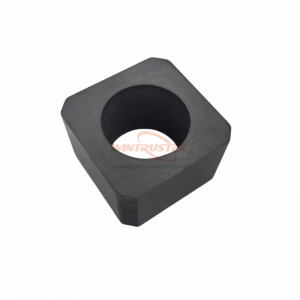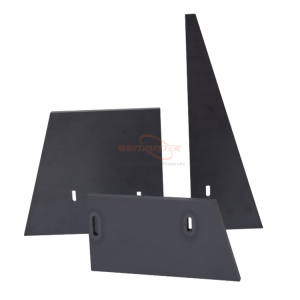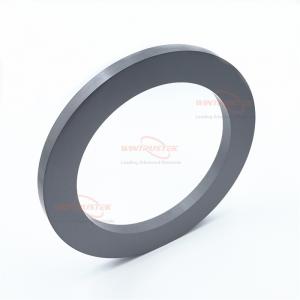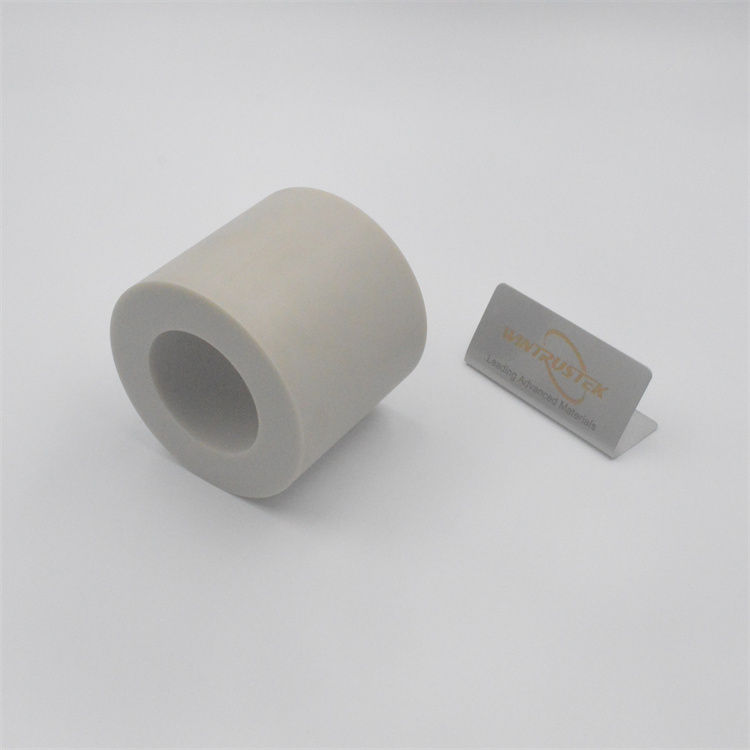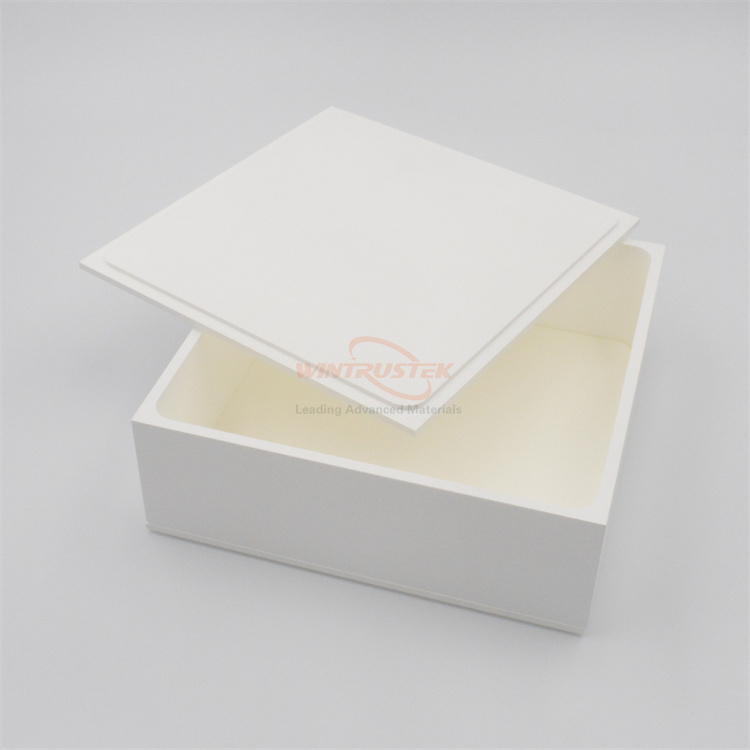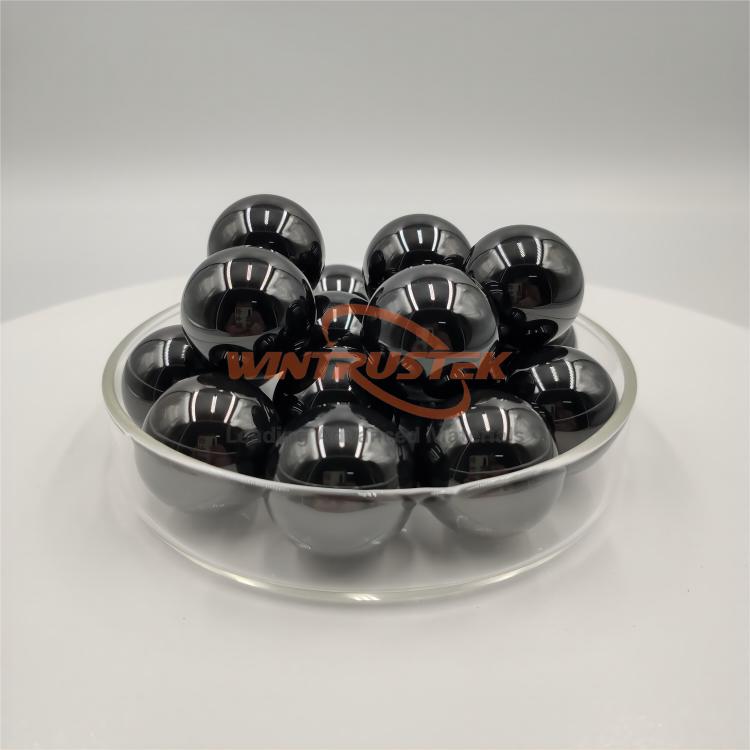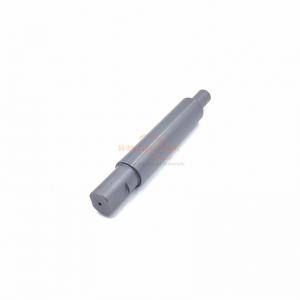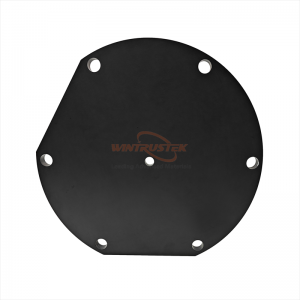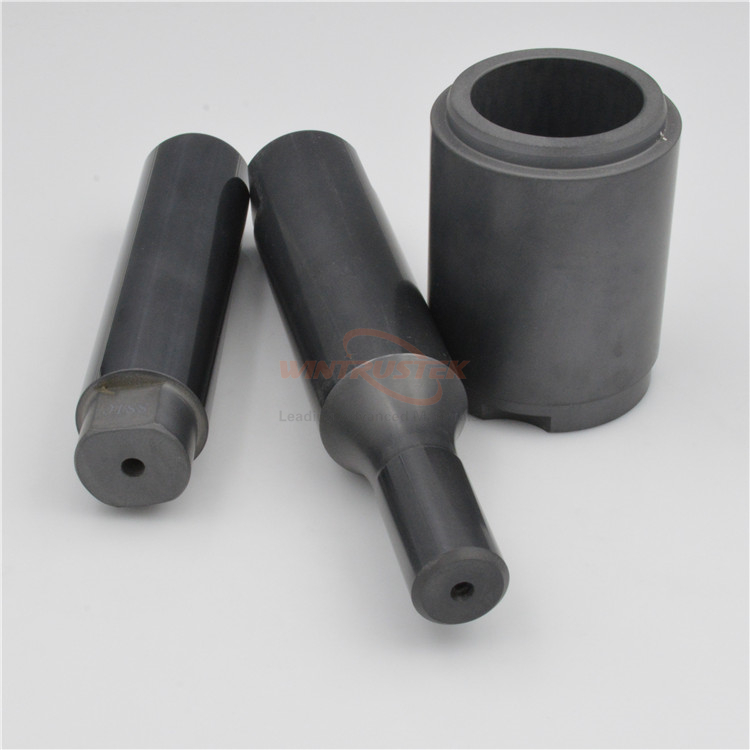
(SSiC Products Produced by Wintrustek)
Perhaps the most crucial stage in the production of ceramics is sintering. During this phase, the consolidated raw material goes through a number of chemical and physical changes as the green-body is fired at temperatures that are close to the melting point of the ceramic powder. Although there are many different sintering techniques, they all basically take advantage of the same characteristics of ceramics to create a densified workpiece with the required qualities and material attributes.
Forming and processing raw materials into a consolidated, near-net shape is the initial step in creating a dense ceramic item. Pressing, casting, injection molding, or extruding a feedstock containing the ceramic powder—which may then be reworked by green-machining—is often how this is accomplished. However, only sintering—which can be done with or without applied pressure—can successfully remove the ceramic green-body's tiny porous structure. Ceramic materials produced by pressureless sintering have an extremely dense body because the density is raised above 95% of the theoretical density during manufacturing.
Pressureless sintering produces nearly fully dense silicon carbide products with superior mechanical qualities. This procedure has the benefit of enabling a variety of shaping techniques to create goods with a wide range of shapes, and the use of the right additives can result in products with exceptional strength and durability. As the name suggests, these materials can be produced without the need for outside pressure. Alumina (Al203) and boron carbide (B4C) are examples of sintering additives that can occasionally be used during pressing to fuse SiC powder into solid ceramic materials with excellent thermal stability.
SSiC materials can be produced by pressureless sintering, which turns ultra-fine, high-purity SiC powders into solid ceramics. There are two methods for doing this: solid-phase sintering and liquid-phase sintering:
Solid-Phase Sintering: This process uses high temperatures yet produces stable chemical and physical characteristics, especially strength at high temperatures, which makes it useful for a variety of applications.
Liquid-Phase Sintering: This type of sintering involves the addition of sintering aids in little amounts, and the resulting intergranular phase may retain significant oxides after sintering. As a result, liquid-phase sintered SiC has a high strength and fracture toughness and prefers to shatter along grain boundaries. The liquid phase that forms during sintering effectively lowers the sintering temperature in comparison to solid-phase sintering.
SiC ceramics that are pressureless solid-phase sintered exhibit higher corrosion resistance in strong acids and bases as well as enhanced mechanical qualities at high temperatures.
Properties:
High compressive strength
High thermal conductivity
High melting point
High hardness
High temperatures resistance
High resistance to corrosion and chemical substances
All things considered, superior SSiC materials with greater purity and density are produced via pressureless sintering of silicon carbide. This implies that it can be applied to applications requiring high precision and thermal stability as well as to industries that manufacture high-temperature electrical equipment.
Wintrustek also produces many SSiC Products like SSiC Bushing, SSiC Shaft, SSiC Nozzle......, we support customized for different shapes.







